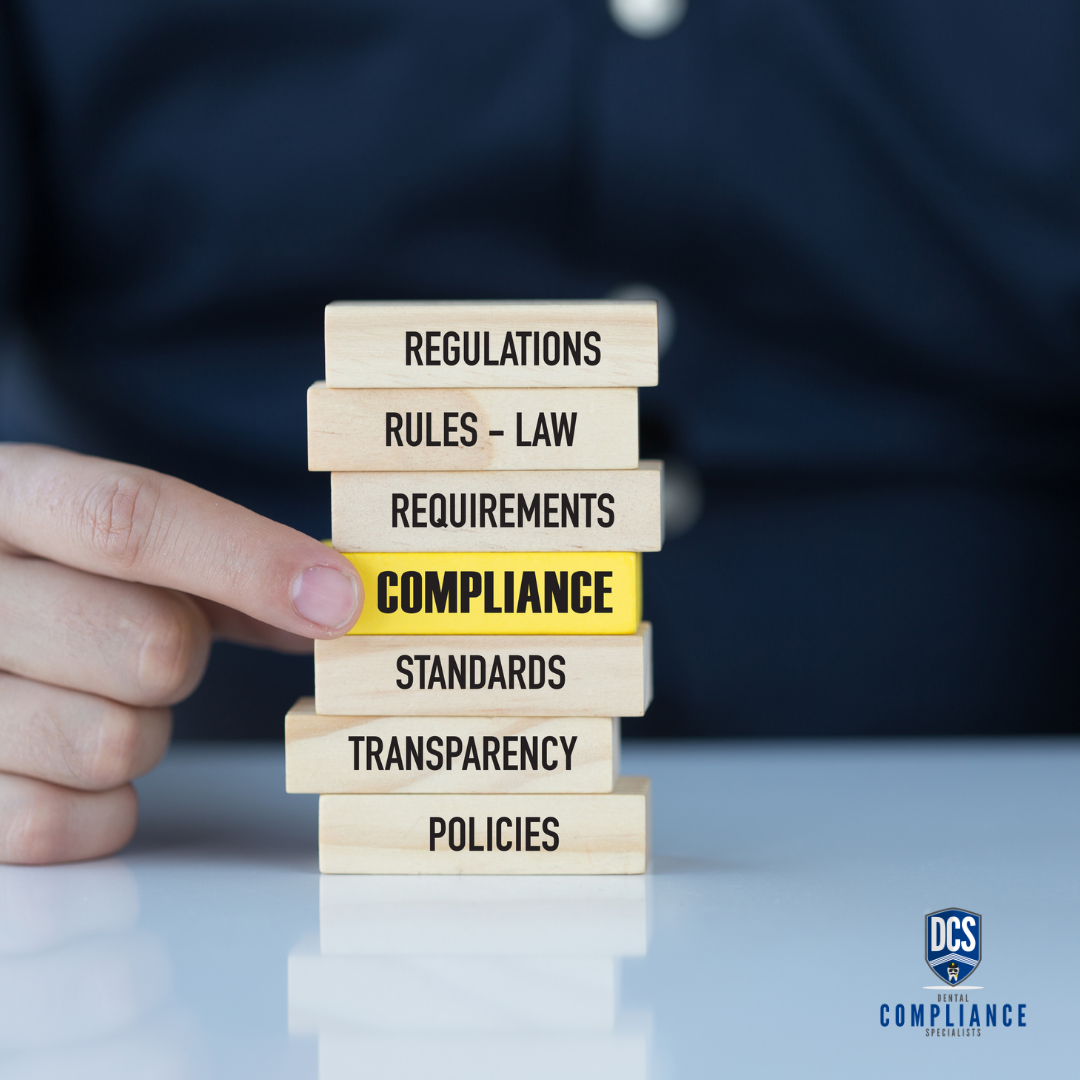Peer reviews are a pivotal element in the ongoing quest to uphold and surpass compliance standards in dental practices. By engaging in structured peer review systems, dental professionals can effectively monitor and enhance compliance, ensuring the highest level of care for patients.
In this post, we will explore the ins and outs of how dentists, dental hygienists, office managers, and other dental team members can utilize peer reviews to bolster compliance monitoring in their practices.
What are Peer Reviews and Their Importance in Compliance Monitoring?
Peer reviews in dentistry involve a process where dental professionals assess each other's work, provide constructive feedback, and share best practices. This process is integral to maintaining a culture of compliance as it:
- Promotes accountability and continuous learning among team members.
- Helps identify gaps in practice that may not be evident to individual practitioners.
- Encourages the adoption of the latest industry standards and techniques.
- Builds a supportive environment where team members strive for collective excellence.
Implementing an Effective Peer Review System
To effectively integrate peer reviews into your practice's compliance monitoring activities, consider the following steps:
- Establish Clear Guidelines: Set specific objectives for the peer review process. Define what aspects of care and compliance will be evaluated to ensure the process is focused and productive.
- Train Your Team: Ensure that all team members understand the purpose of peer reviews and how they will be conducted. Training should cover how to give and receive feedback professionally and constructively.
- Schedule Regular Reviews: Determine a regular schedule for peer reviews to ensure that they are a consistent part of your practice's routines. Consistency is key to obtaining actionable insights and promoting a culture of continuous improvement.
- Maintain Confidentiality and Professionalism: To foster an environment of trust, it is critical that all feedback and discussions during peer reviews remain confidential and are handled with the utmost professionalism.
- Use Structured Feedback Forms: Develop or adopt structured feedback forms to guide the peer review process. This helps maintain objectivity and ensures all relevant compliance and care aspects are evaluated.
- Encourage Open Dialogue: Peer reviews should be a two-way conversation. Encourage team members to ask questions, provide clarification, and discuss ways to implement changes effectively.
- Actionable Follow-up: Turn insights from peer reviews into actionable plans. Assign responsibilities and timelines for implementing improvements and ensure that changes are tracked over time.
The Benefits of Peer Reviews in Dental Compliance Monitoring
- Enhanced Clinical Outcomes: Regular peer reviews can lead to improved clinical techniques and patient care.
- Increased Compliance: Peer reviews naturally lead to better adherence to compliance protocols as they are regularly scrutinized and discussed among peers.
- Professional Development: The feedback provided during peer reviews is an invaluable tool for the professional development of dental team members.
Conclusion:
Peer reviews are more than just an evaluative process; they are a cornerstone for building a culture of excellence and accountability in dental practices. By implementing a robust peer review system, dental professionals can significantly enhance their compliance monitoring capabilities, leading to better patient outcomes, reduced risk of non-compliance, and an overall improvement in the quality of care provided. Start incorporating peer reviews into your practice's compliance strategy today and set the stage for a future where excellence in dental care is not just aimed for but achieved.
Remember, the goal of peer reviews is not to point out flaws but to uplift the entire practice through shared knowledge and a collective commitment to compliance and excellence.


